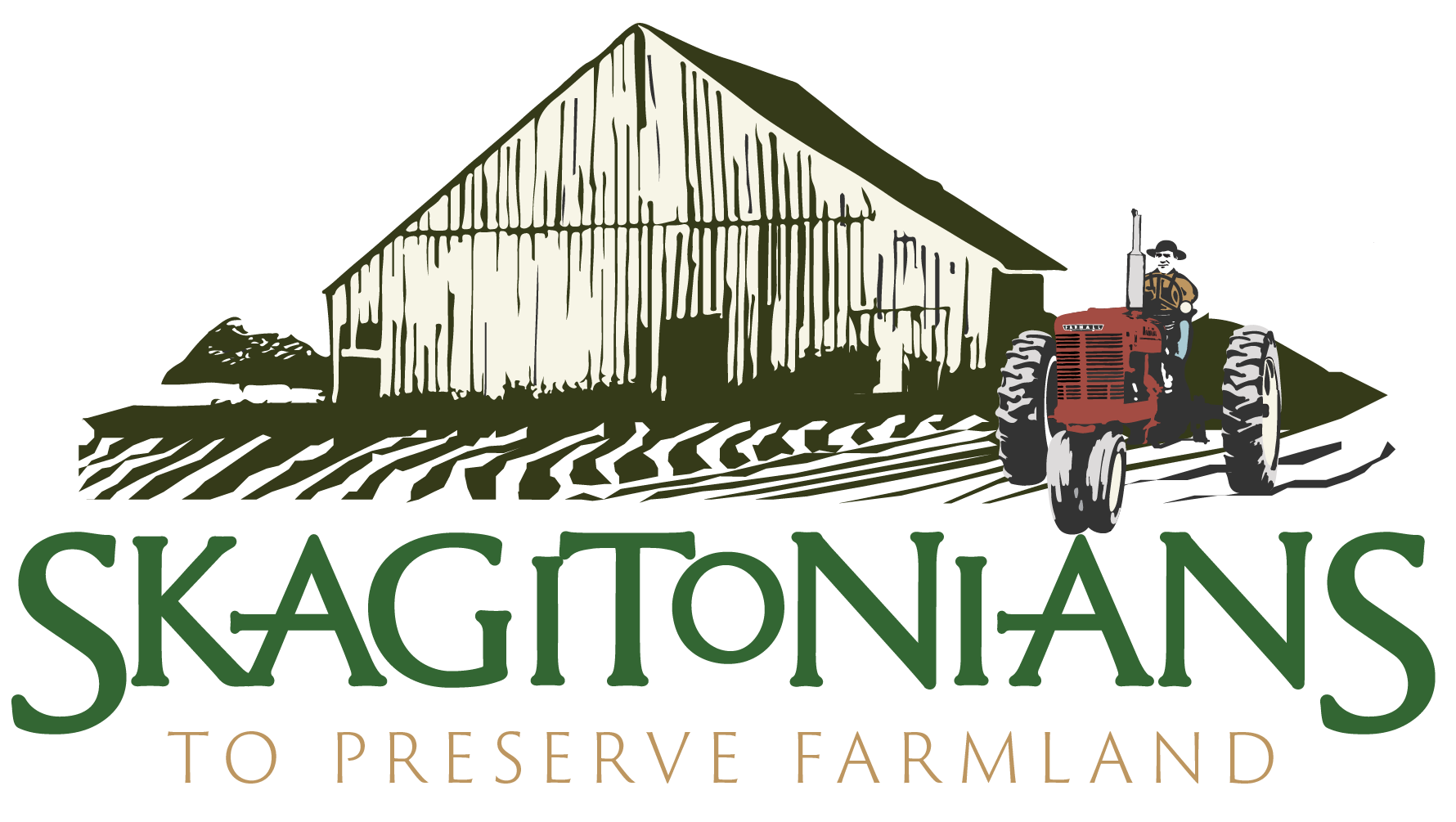Lazy Squirrel Farm- Tending a legacy
Some people become farmers because they buy the farm.
That’s Beth and Kevin Meenaghan’s story in a nutshell. The day after the couple purchased the former Balser Tree Farm in November 2016, Haris and Spomenka Hodzic stopped by to say hello.
The Hodzics had been picking chestnuts there for nearly a decade, and were friends with the widow of Don Balser, the research biologist who developed the tree farm.
“That year we kept calling and nobody was answering,” remembered Haris. “So we decided to drive up from North Seattle to see what was happening.”
The Meenaghans were unpacking when the Hodzics arrived. They would like to pick 45 pounds of chestnuts, they explained, and insisted on paying for them.
“We were worried that they would cut the trees down,” said Spomenka, “but our visit might have been when they started thinking they could do something with them.”
The Meenaghans liked the trees and the 20-acre property’s excellent soil and comfortable house. The Balsers’ children had told them that a few people would show up in the fall to pick from its five acres of nut trees. How many? How often? They had no clue.
Forest and nuts
Fortunately, two regional experts filled in the blanks. Matt Van Boven of Feral Farm in Rockport explained that Balser had traveled the world looking for chestnut cultivars, planting them very close together to weed out less-competitive varieties. “What remains performs well here,” said Van Boven, who has given away more than a thousand of Balser’s seedlings to farmers and gardeners in eastern Skagit County in his quest to revive a mountain chestnut economy.
Bernie Hilgert of the Washington Chestnut Company in Everson schooled the Meenaghans in the basics of orchard care and picking, cleaning, and storing chestnuts. When October 2017 rolled around, Lazy Squirrel Nut Farm was ready. Beth and Kevin hired people to help pick a thousand pounds of chestnuts, used their connections with farmer’s markets and the Puget Sound Food Hub to sell them to Seattle restaurants and markets, and promoted their Upick on social media.
When the Upick opens, the Hodzics are always the first to arrive. Growing up in Banja Luka, Bosnia, they loved the annual winter ritual of snacking on street-roasted chestnuts as they strolled their city. “If your hands were not dirty from peeling them, you knew they hadn’t been roasted well enough,” said Haris.
Towns in nearby Croatia host “Kestenijadas” or chestnut festivals that pair roasted chestnuts with brass bands and majorettes. Similar festivals take place in Italian towns along the Adriatic. Chestnuts also play a role in Asian and middle Eastern cuisine.
Picking with Kevin
Chesnut in burr
Chestnuts were common in the U.S. until chestnut blight killed most of the four billion American chestnut trees in eastern North America in the early 1900s. Lost was a food source that sustained wildlife, indigenous people and settlers, who also used beautiful, rot-resistant chestnut wood for railroad ties, telephone poles and furniture.
Balser and other researchers have been looking for a substitute ever since, crossing European and Japanese chestnuts to create blight-resistant varieties. Considered the godfather of chestnut culture in the Pacific Northwest, Balser created a spreadsheet listing each variety, where it was obtained, and when and where it was planted. It’s an invaluable tool for the Meenaghans and forestry researchers.
The saplings that Balser started planting and tending in 1988 are now a mature forest. Great horned, barn, and barred owls love its canopy, soaring 50 or 60 feet overhead.
So do the Meenaghans. The forest is beautiful, and its trees produce year after year, don’t need water, and are too tall to prune. Now and then a tree falls, opening up the canopy to admit more light. “It’s more of a natural forest condition,” says Kevin.
When the prickly outer husks of the chestnut burr opens, the nut falls to the ground, often still nestled in the burr. Upick customers like the Hodzics and their daughter wear gloves to protect their hands as they fill their buckets. They pick chestnuts for themselves and for friends and family among the 5,000 Bosnians living in the Seattle area. Many Asian customers look for the orchard’s smaller, sweeter varieties.
The Meenaghans
Once home, Haris scores the nut’s hard outer shell. Instead of roasting them, he boils them for 30 or 40 minutes. Then the family peels off the shell and eats the nut meat for dessert.
“When you tell people you eat chestnuts, they are surprised,” says Haris. “We grew up with them, and we know they are not just something you hear in a Christmas song.”
For Beth and Kevin Meenaghan, the whole point of operating Skagit County’s only commercial chestnut farm is to keep Don Balser’s legacy going.
Which delights Van Boven. “The chestnut is an optimum crop that has been overlooked and is just in its infancy,” he says. “That’s why I’m enthusiastic!”
Hodzics with Kevin
Chestnut picking
Story by Anne Basye: info@skagitonians.org






